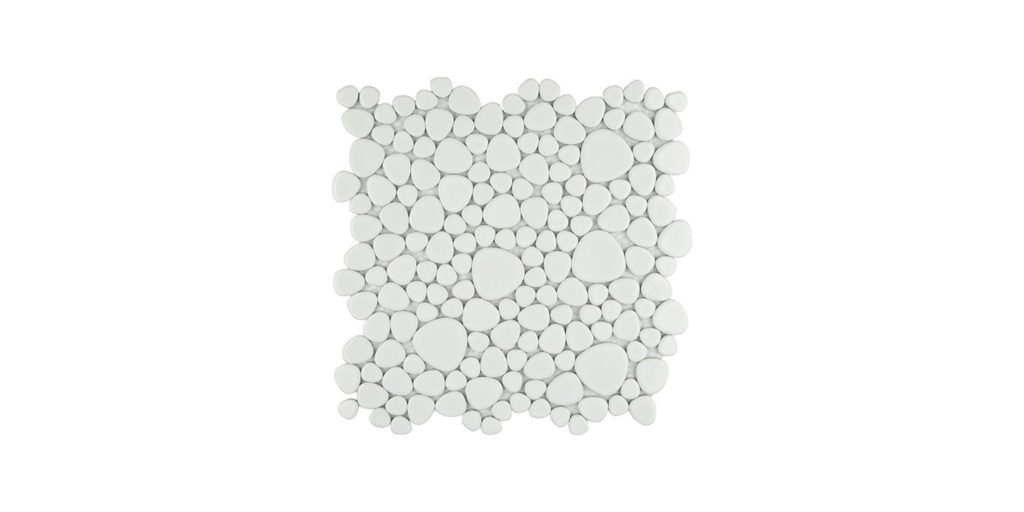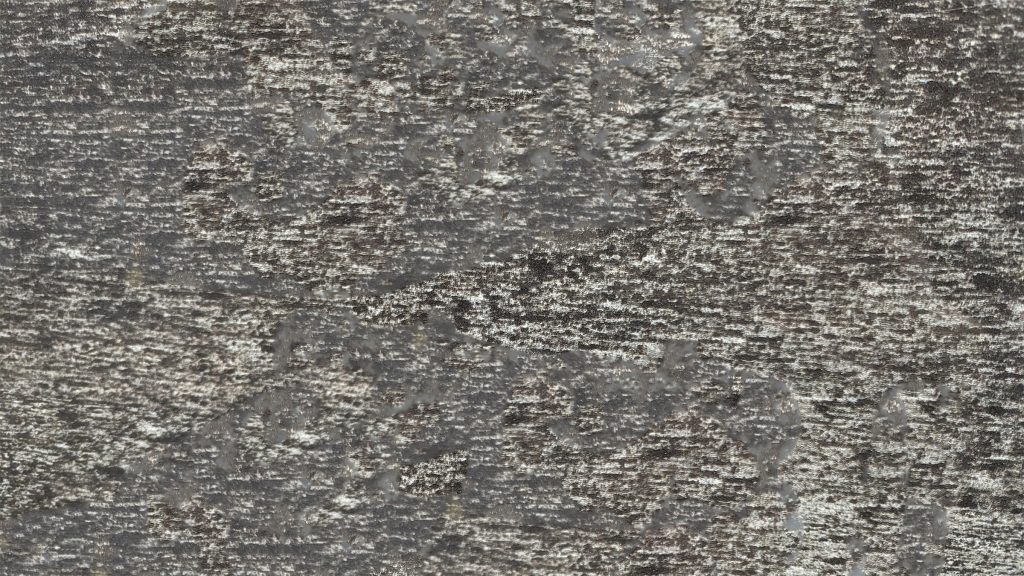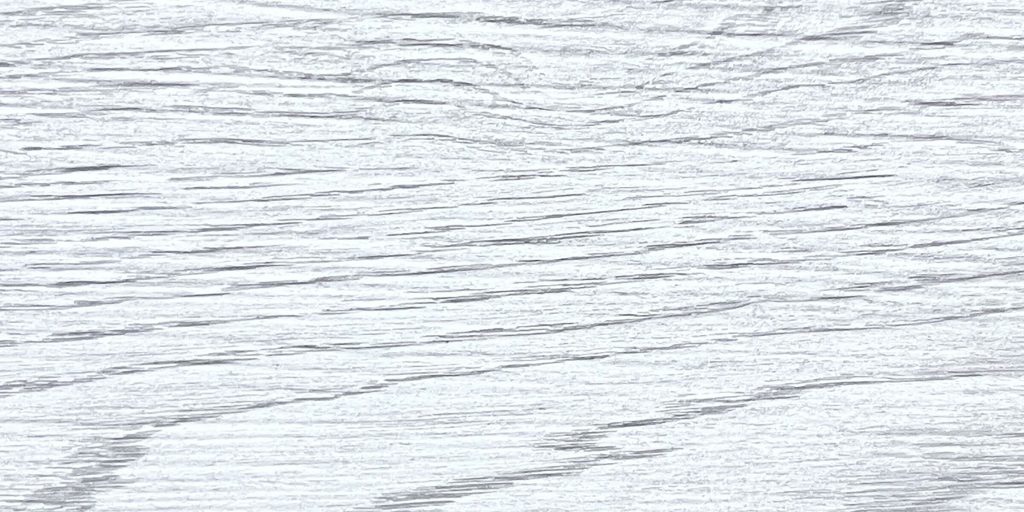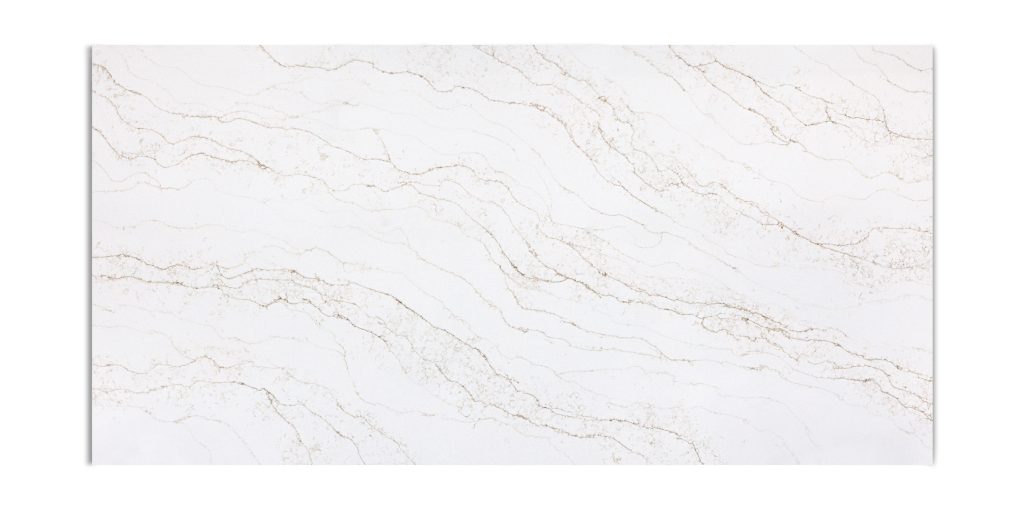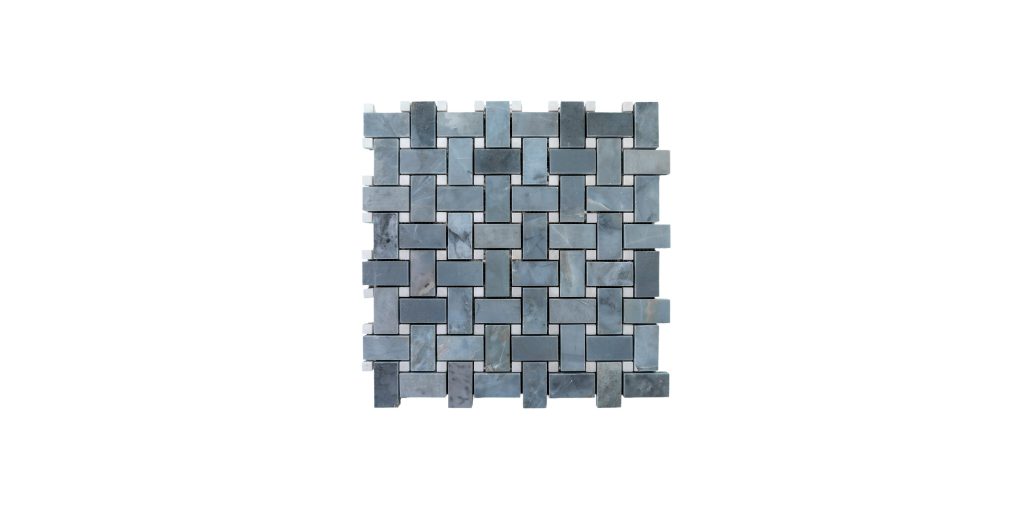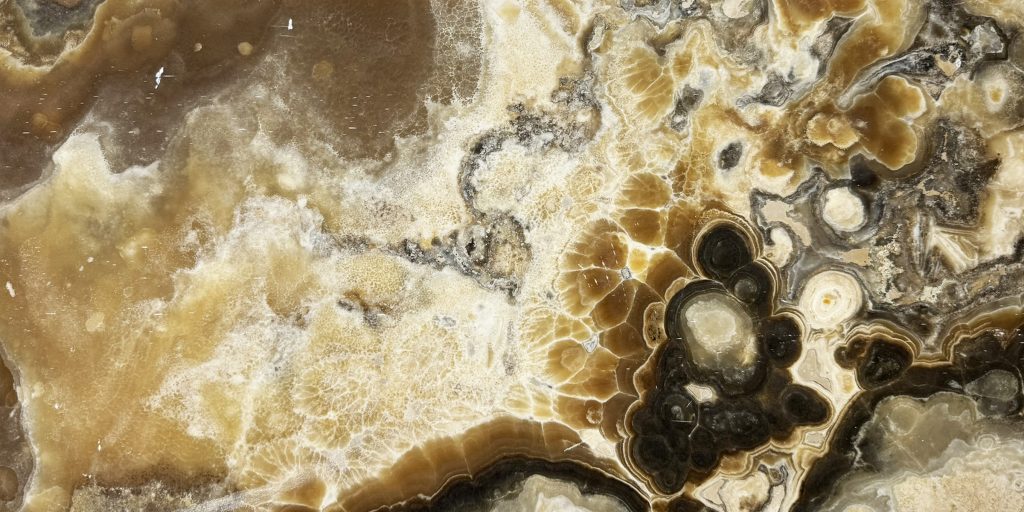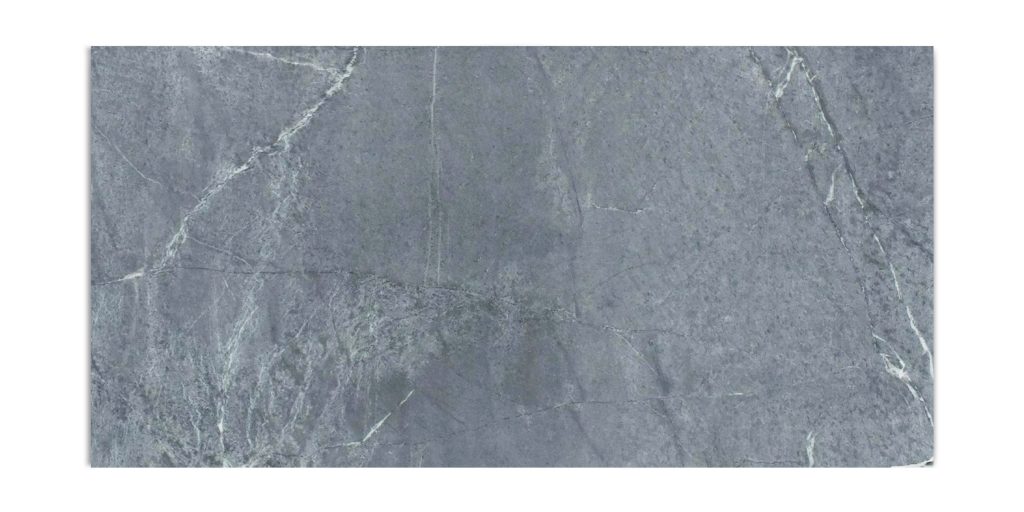Is pebble mosaic tiles good for shower floors?
Is pebble mosaic tiles good for shower floors? When it comes to designing or renovating a bathroom, the shower floor often takes center stage as a place to blend functionality with aesthetic appeal. One of the most popular choices in recent years has been pebble mosaic tiles. These tiles, composed of small, smooth stones, can create a natural and spa-like atmosphere. But are pebble mosaic tiles actually a good choice for shower floors? Let’s explore their benefits and potential drawbacks to help you make an informed decision.
Benefits of Pebble Mosaic Tiles for Shower Floors
-
Aesthetic Appeal Pebble mosaic tiles bring an organic and textured look to your shower. The variety of colors, shapes, and finishes available can help you achieve anything from a coastal vibe to a modern rustic aesthetic.
-
Comfort Underfoot Pebble tiles’ uneven surface provides a massaging effect on your feet, making every shower feel like a mini spa experience.
-
Excellent Traction The textured surface of pebble mosaics makes them less slippery when wet compared to many other types of tile, reducing the risk of slips and falls.
-
Versatility Pebble tiles are easy to shape around slopes and drains, making them an excellent option for custom shower designs.
-
Durability With proper sealing, pebble tiles are highly durable and can withstand constant exposure to water and foot traffic for years.
Potential Drawbacks of Pebble Mosaic Tiles
-
High Maintenance Pebble tiles require regular cleaning and resealing to prevent mold, mildew, and water damage. The grout lines between the pebbles can accumulate dirt and soap scum over time.
-
Water Drainage The uneven surface may slow down water drainage, requiring a well-designed slope during installation to avoid puddling.
-
Installation Challenges Installing pebble mosaic tiles can be more labor-intensive than flat tiles. Proper alignment and grout application are critical for achieving a polished look.
-
Comfort Considerations While some find the texture of pebbles soothing, others may find it uncomfortable to stand on for extended periods, especially if the stones are not uniformly smooth.
-
Cost Pebble mosaic tiles and their installation can be more expensive compared to standard tiles, especially when considering the need for professional labor.
Tips for Using Pebble Mosaic Tiles in Shower Floors
-
Choose the Right Pebbles: Opt for flat pebble tiles if you’re concerned about comfort but still want the look of natural stones.
-
Seal Thoroughly: Apply a high-quality sealant to protect the tiles and grout from water and stains.
-
Ensure Proper Drainage: Work with a professional to ensure the floor is sloped correctly for optimal drainage.
-
Clean Regularly: Use gentle, non-abrasive cleaners to maintain the beauty and functionality of your pebble tiles.
Conclusion
So is pebble mosaic tiles good for shower floors? Pebble mosaic tiles can be an excellent choice for shower floors if you’re looking for a visually striking and textured surface with good traction. While they do require more maintenance and careful installation, the unique look and spa-like feel can make them well worth the effort. If you decide to go for pebble mosaic tiles, partnering with an experienced installer and staying on top of maintenance will ensure that your shower floor remains stunning and functional for years to come.

